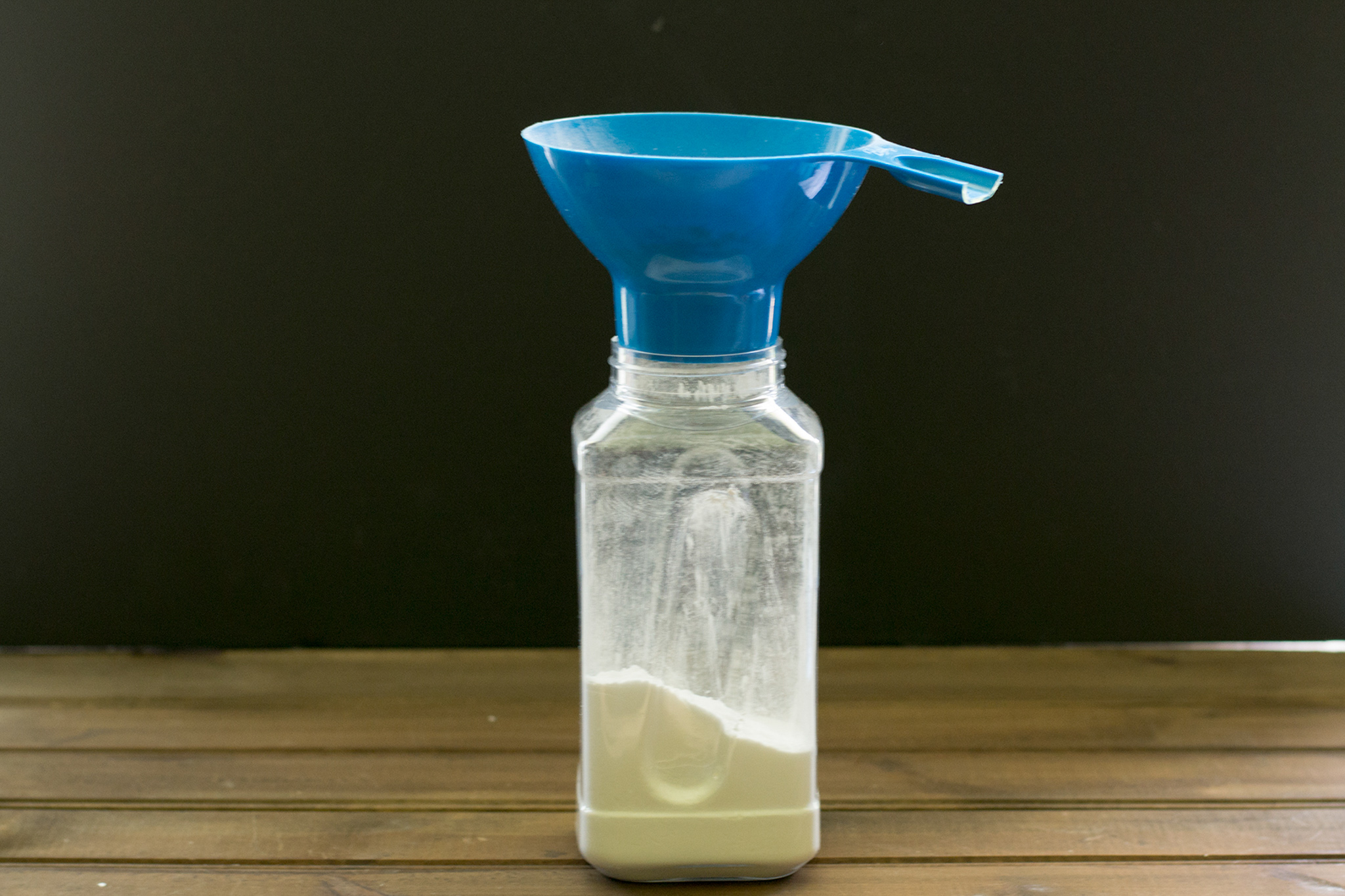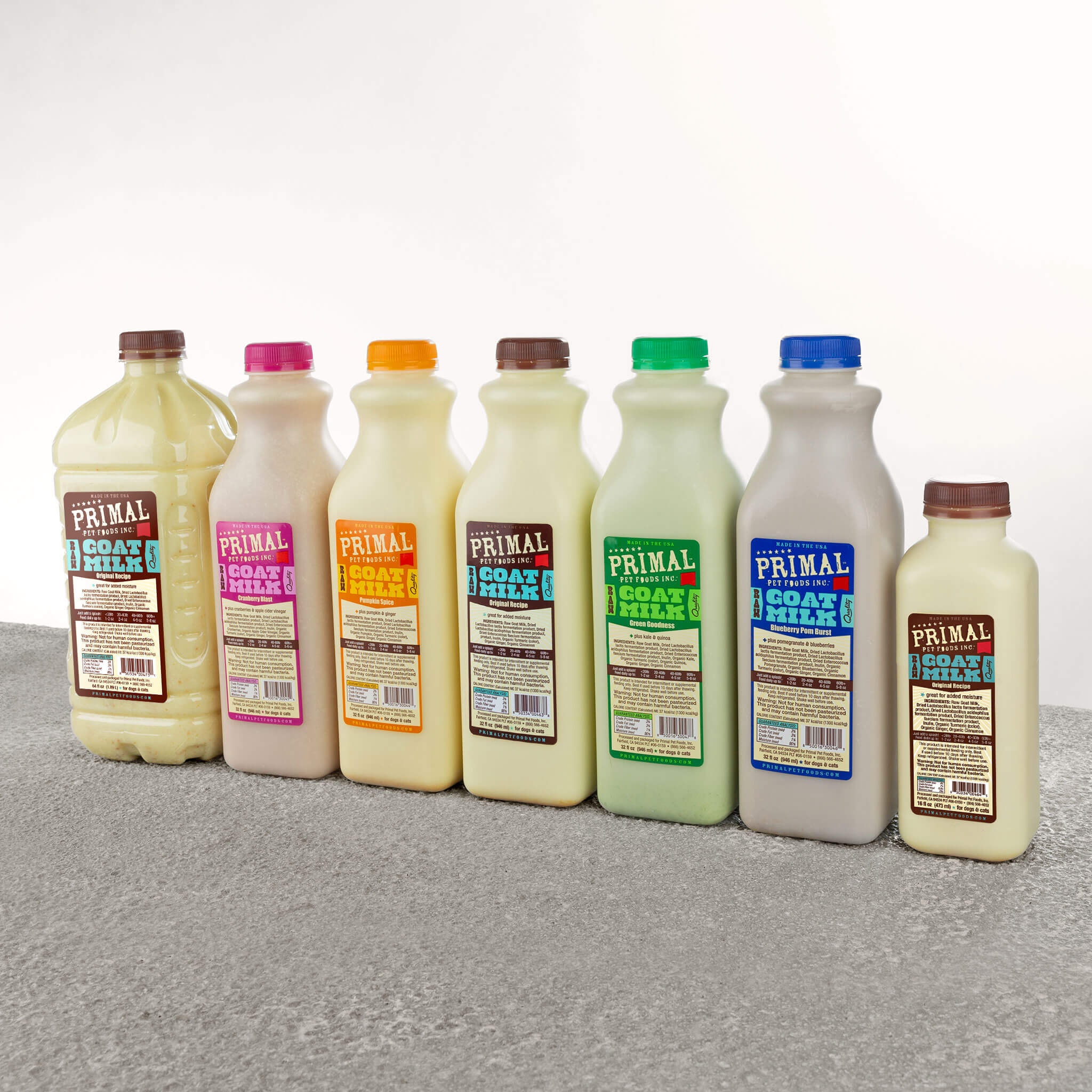
That worked well, but last winter I couldn't get them on him because his legs and paws, especially the front ones, hurt too much.

Last year, his legs and paws were too sensitive for boots, so I used to put little socks on his paws and cover them with plastic sandwich bags tied with rubber bands. I'm worried about walking him in the snow this winter. In the short term, I recommend keeping plastic shopping bags and other tempting items out of Sissy's reach, and spend more time playing with her and scattering cat-safe toys around the house to try and redirect her attention.ĭEAR PAW'S CORNER: My dog "Hank" is 14 years old and has arthritis. A small bit of soft shopping-bag plastic may not seem like much, but if she's also sampling, say, the harder plastic of water bottles or milk jugs, small shards of those can be swallowed. The risk of chewing on plastic, of course, is that she might ingest bits of it, and that can cause significant health problems. Sissy may be looking for a little more excitement in her life. You should certainly take Sissy to the vet for a checkup and discussion about her new behavior. Now, I can't tell you exactly why a cat picks a specific material to chew on.

While some of the cats I've cared for over the years couldn't care less about gnawing on such things, others were fascinated with crinkly plastic, crumpled paper and similar interesting items. Is there anything I can do to get her to stop? – Rae H., Weaverville, CaliforniaĭEAR RAE: Plastic shopping bags make a lovely crinkling sound when chewed, and the texture is quite interesting.

I feed her and her two siblings very well. DEAR PAW'S CORNER: I have a 19-month-old cat, "Sissy," who loves to chew on plastic shopping bags and whatever other plastic she may find.


 0 kommentar(er)
0 kommentar(er)
